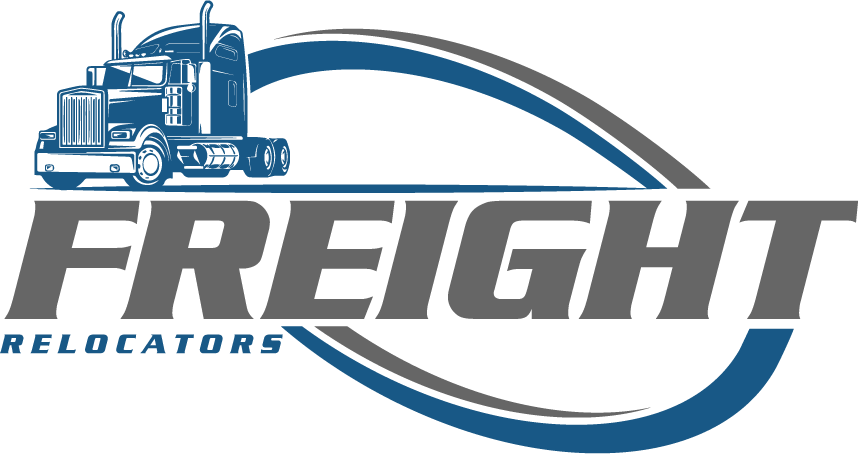The fifth wheel is a critical component of a semi-truck, connecting the tractor to the trailer and allowing it to pivot during turns. A failure in the fifth wheel can lead to dangerous situations on the road, including trailer separation. Therefore, regular inspection and maintenance of the fifth wheel are essential for safe and efficient trucking operations. This guide will walk you through the steps of a proper fifth wheel inspection to ensure your rig stays in top shape.
Why Fifth Wheel Inspections Are Important
The fifth wheel bears a significant portion of the trailer’s weight and is subjected to constant stress and wear. Regular inspections help to identify potential issues before they become major problems, ensuring the safety of the driver, the cargo, and others on the road.
Step-by-Step Guide to Inspecting the Fifth Wheel
1. Prepare for Inspection
- Park on Level Ground: Ensure the truck is parked on a level surface with the parking brakes engaged.
- Chock the Wheels: Use wheel chocks to prevent any movement of the truck during inspection.
- Wear Safety Gear: Put on gloves and safety glasses to protect yourself from grease and debris.
2. Visual Inspection
- Check for Cracks and Damage: Examine the fifth wheel for any visible cracks, bends, or damage in the metal. Pay close attention to the throat area where the kingpin locks in, as this is a common stress point.
- Inspect the Mounting Bolts: Ensure all mounting bolts are present and tightly secured. Loose or missing bolts can lead to instability.
- Look for Excessive Wear: Inspect the fifth wheel plate and the locking jaws for signs of excessive wear. Worn parts can affect the secure connection between the tractor and trailer.
- Inspect for Grease Buildup: Excessive grease buildup can indicate that the fifth wheel has not been cleaned properly, which can attract dirt and debris, leading to wear and tear.
3. Check the Locking Mechanism
- Operate the Locking Mechanism: Engage and disengage the locking mechanism to ensure it moves smoothly and locks securely around the kingpin.
- Check for Proper Engagement: The locking jaws should close tightly around the kingpin with no visible gaps. If the jaws do not close properly, the kingpin could disengage while driving, leading to a potential disaster.
- Test the Release Handle: The release handle should move freely without sticking. Difficulty in operation could indicate a need for lubrication or adjustment.
4. Lubrication Check
- Examine the Grease Condition: The fifth wheel should be adequately lubricated with high-quality grease to prevent metal-on-metal contact. Check the condition of the grease and apply more if it appears dry or contaminated.
- Clean and Reapply Grease: If necessary, clean off old, contaminated grease and apply a fresh coat. Ensure the grease is evenly distributed across the fifth wheel plate.
5. Inspect the Kingpin
- Check the Kingpin for Damage: Inspect the trailer’s kingpin for any signs of wear, rust, or damage. A damaged kingpin can lead to improper coupling and potential detachment.
- Measure Kingpin Wear: Use a kingpin gauge to measure wear. If the kingpin is worn beyond the manufacturer’s specifications, it should be replaced.
6. Operational Check
- Couple and Uncouple the Trailer: After completing the visual and manual checks, couple the trailer to the tractor and then uncouple it. This test ensures that the fifth wheel is functioning correctly under load conditions.
- Check for Unusual Noises: Listen for any unusual noises during coupling or uncoupling, which could indicate issues with the fifth wheel’s operation.
Maintenance Tips
- Regular Greasing: Ensure the fifth wheel is greased regularly according to the manufacturer’s recommendations to prevent excessive wear and tear.
- Periodic Adjustments: Over time, the fifth wheel may need adjustments to maintain proper alignment and operation. Follow the manufacturer’s guidelines for making these adjustments.
- Replace Worn Parts: Any worn or damaged parts should be replaced immediately to avoid compromising the safety and performance of the fifth wheel.
A proper fifth wheel inspection is crucial for maintaining the safety and reliability of your semi-truck. By following this guide, you can ensure that your fifth wheel is in optimal condition, reducing the risk of accidents and prolonging the life of your equipment. Regular inspections, combined with proper maintenance, will help you stay safe on the road and avoid costly repairs down the line.

